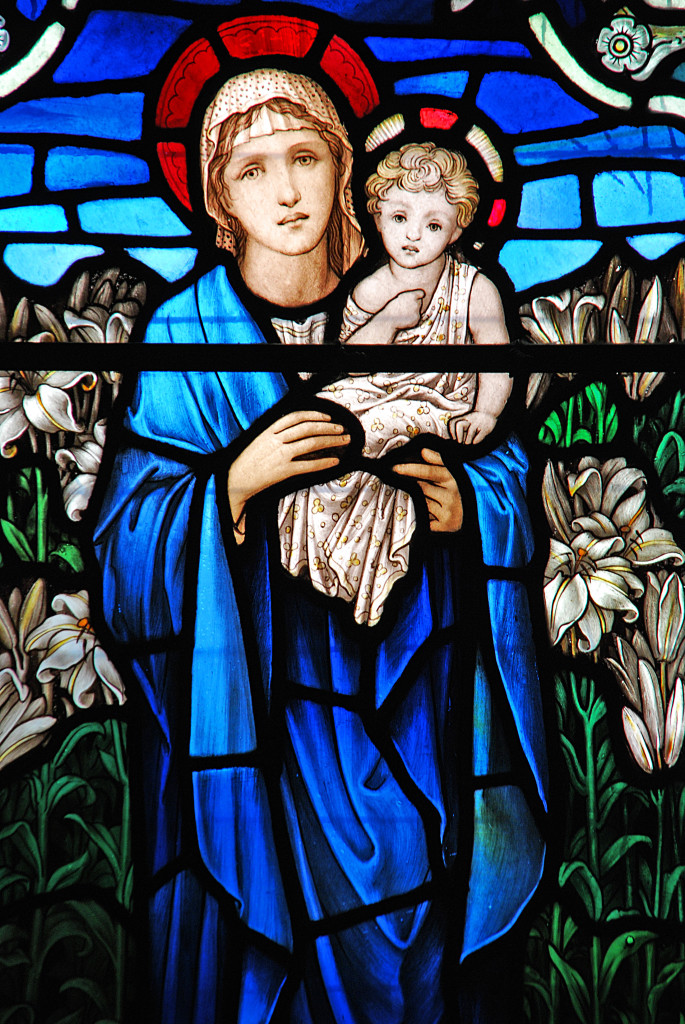The “Art” of A Tax Deduction
Mar 10, 2016
Valuing Artwork
Making a donation to a museum, educational institution, or other qualifying charitable organization can give you an opportunity to share your collection with others and provide you with a charitable income-tax deduction. If such a contribution is among your charitable goals, your first step generally should be to obtain a written appraisal from a qualified source to support your claim.
What Constitutes a Qualified Appraisal?
 A qualified appraisal is one that’s made by a qualified appraiser and dated no earlier than 60 days before the date you donate the artwork. Very generally, a qualified appraiser is one who has the education and experience to value the type of property being appraised and who regularly prepares appraisals for a fee.
A qualified appraisal is one that’s made by a qualified appraiser and dated no earlier than 60 days before the date you donate the artwork. Very generally, a qualified appraiser is one who has the education and experience to value the type of property being appraised and who regularly prepares appraisals for a fee.
Typically, the appraisal should include the following:*
- A sufficiently detailed description of the artwork (e.g., size, subject matter, medium, name of artist)
- The authenticity and condition of the artwork
- Any donor restrictions (or the terms of any other agreement) on the disposition or use of the artwork by the charitable organization
- The appraised fair market value of the artwork
- The specific basis for the valuation
- The date (or expected date) of the contribution
Claiming the Deduction
The IRS has certain requirements that must be met in order to claim the deduction for donated artwork. For donations of artwork valued at $20,000 or more, you must attach a complete copy of the signed appraisal to your tax return and be prepared to provide a conforming photograph of the artwork if requested by the IRS. If the artwork has been appraised at $50,000 or more, you can request a Statement of Value for the item from the IRS before filing your return. A copy of the qualified appraisal and a check or money order for $5,700 (for up to three items) must be submitted with your request.
Categories: Other Resources
